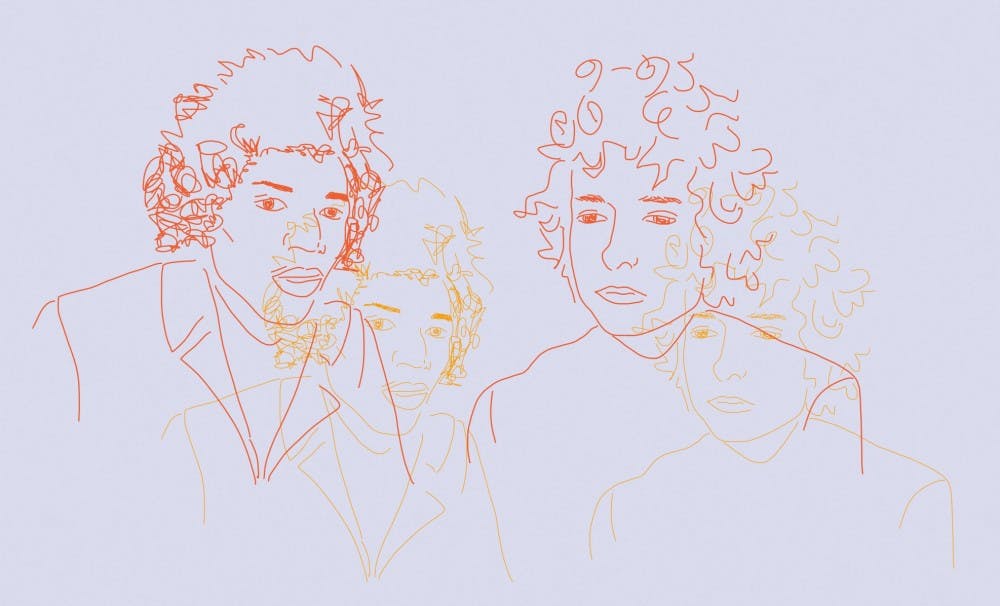Covers are universal—since the dawn of music records, artists have recorded and rerecorded over others’ work, adding their own twists to create something new. From “I Can’t Stop Lovin’ You” by Ray Charles, to “Killing Me Softly” by The Fugees, to “I Will Always Love You” by Whitney Houston, these reinventions have occasionally popped up on the charts over the years. But why do artists feel a need to make covers? What is the value of making one when the song already exists?
Music as an Art Form
A common overarching theme in art is the notion that a significant number of works are essentially copies of others with small modifications, whether it be paintings of the same scene, sculptures of the same figure, or buildings of similar design. Many of these imitated works are well–regarded in their own right; for instance, the notable Washington Square Arch in New York City is modeled on the Arc de Triomphe of Paris. For music, this concept is represented with covers. A musical artist might recognize the quality of a song they hear, and feel that they can put their own twist on it in order to present it to perhaps a whole new audience.
Fun and Simple
Let’s be real—we all enjoy belting out our favorite songs in the shower, imagining we’re performing it ourselves in front of throngs of screaming fans. It’s exhilarating, and made easier by the fact that you know all the lyrics written by other people. The only change is your singing voice and slight changes in accompaniment, in this case the sound of the shower. That’s just like making a cover, right? The process of recording one is more straightforward than creating a new piece from scratch, and if there's a track that an artist already enjoys, the experience of covering it and sharing their new take on the song with the world is all the more worthwhile.
Improve upon the Original
The last reason for the popularity of covers is straightforward—sometimes, they’re just better than the original. For instance, “Hurt” by Johnny Cash outstrips the Nine Inch Nails version with its emotional, brokenhearted rendition delivering a more emphatic message and sonically pleasing sound, while “All Along the Watchtower” by Jimi Hendrix exceeds Bob Dylan’s edition for its grandiose instrumental arrangement and the pure energy in the singer’s voice. These are just two of many, but the notion remains the same: if you can take a work and make it better, no one’s going to complain—your cover is just as authentic as the original.

